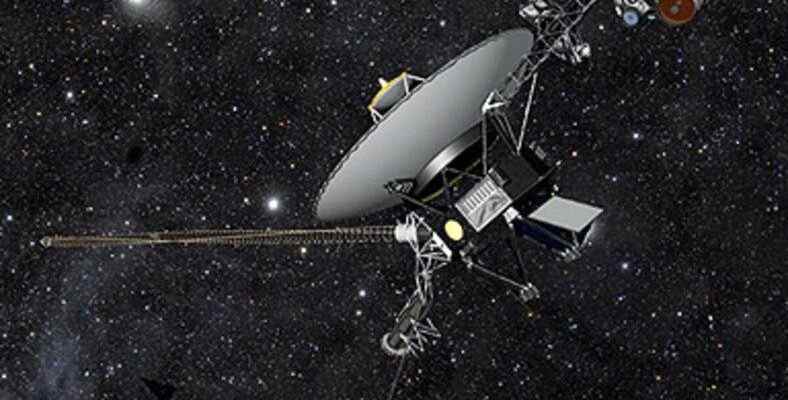One of the pioneers of space studies, NASA’s twin vehicles Voyager-1 and Voyager-2 are preparing to complete their 45th year in service soon. Both vehicles are very close to retirement after nearly half a century of travel.
Throughout human history interest in the stars continued to increase. While the first people looked at the stars to understand the floods and migration times, they later formed religions using these celestial bodies, measured time, and worked to solve the secrets of the universe.
Calendars August 20, 1977When NASA points to Voyager-2 sent his vehicle into space. 16 days later Voyager-1, took his place in outer space to accompany his twin brother. These vehicles, which are 19.3 billion and 23.3 billion km away from our planet, respectively, made history as the most distant man-made vehicles.
Houston, we have a problem
For use as fuel inside Voyager vehicles the radioactive isotope plutonium-238 is being used. While this isotope radiated energy as it radiated, the vehicles that collected this energy via radioisotope thermoelectric generators continued their journey in space. These vehicles, which initially had 450 watts of power, lose 4-6 watts of power every year.
More or less, according to NASA engineers, for vehicles to work 200 watts it takes strength. Therefore, engineers who do not want to risk the vehicles try to extend the life of the vehicles by shutting down all the systems they do not consider necessary.
Still, the way we can go by turning off the systems or forcing the car to run to a minimum is also limited. First of all, these devices break down mechanically and over time. Over time, these tools will become obsolete, but before that, scientists, Keeping Voyager 1 and 2 running doing their best for it.
Voyager 1 and 2, while their main mission is to explore space up to the gas giants. in 1989 completed.
RELATED NEWS
